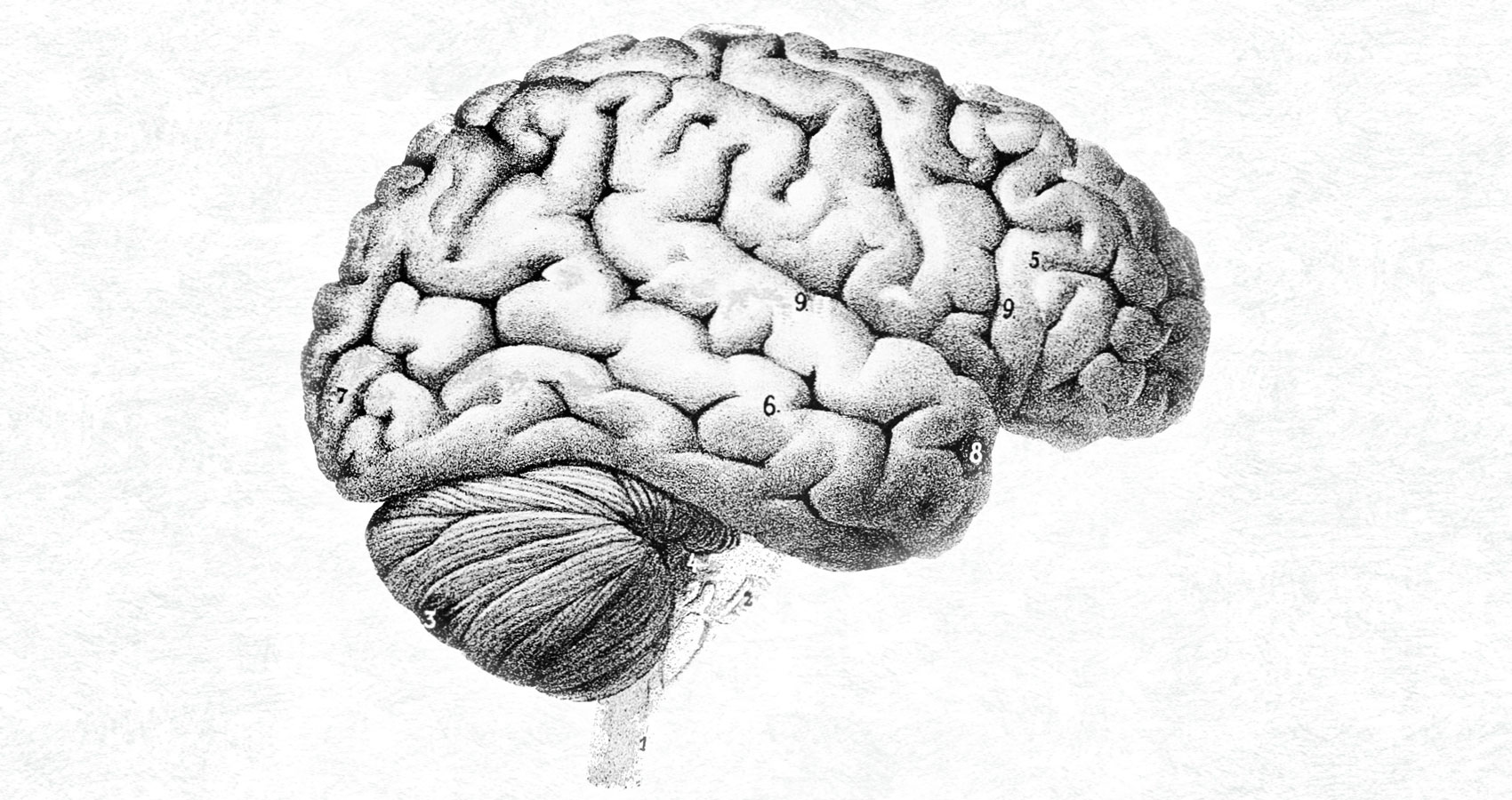The Myth of Mind and Consciousness II
Constructing the Mind
written by: Stanley Wilkin
@catalhuyuk
‘The similarity in design points to a common set of stylistic rules and conventions in a shared system of communication.’ Chapman, Gamble, Shennan, Whittle.. Female figurines found in Europe during the Ice Age, providing proof for the interrelated nature of human societies.
‘Display and design are ways that information is transmitted through the medium of material culture.’ ‘Prehistoric Europe’, Champion, Gamble, Shennan, Whittle, 1984, page 81.
In this section I will look at the development of human psychology through its phenomenological relationship with the environment, discussed above, by which I mean the altering of the environment through group-perception of experience, in part through intellectual constructs that by their nature reconstruct the environment. To that end I will consider the development of language and its impact on the construction of both mind, in its illusory form, and reality, in both its concrete and illusory forms.
Perception and Consciousness:
Every object constructed by humans or employed by humans creates an event that focuses both perception and consciousness. That, ‘all conciousness is consciousness of something’, can perhaps be further defined as the consciousness of phenomena (Merleau-Ponty, 1945: preface xix). Culture concerns the creation of events which allow a human being to construct a relationship, based upon experience, between the being and their environment. The fashioning of a spear, for example, establishes a paradigm of hunting, of death, the nature of both the human species and of the individual, and of special truths. The role of imitation as an element of the phenomenological relationship with the environment will also be considered principally within the area of human interaction with the local fauna. Our human characteristics were I suggest constructed upon the
characteristics of the surrounding fauna. My approach to cultural phenomenon, which is partly how the above is assessed, will be to see cultures as contingent upon their success within an environment through repetition and longevity and through these factors assess the iconic value of the phenomena. The repeated use of symbols frames the reference for any culture. The success of a culture implies much more than survival through the iconic value of its artefacts and therefore avoids reductionism. The artefacts of a culture signify something of the culture. I suggest that Ice Age artefacts expressed the paradigms, the competitive relationship with carnivores, gendering, and the efficacy of knowledge, that ensured survival.
Time and space:
I will examine the association between coded perceptions of time and space and the development of the human mind. I will consider the view here and throughout this book that the mind is not a given, but has developed as a result, expanded upon above, of a phenomenological relationship with the environment structured upon the symbolic representation of that relationship (Deacon, 1997). The idea that the mind exists separately from the environment, implied by many examinations of the subject, inhabiting its own topological structure, human awareness of this defining our special nature, is I believe a consequence of the modern day fixation with the individual. The human mind can only exist as an entity in relationship to something else. It has no independent existence. The idea (Guttenplan, 2000, for example) that the mind is evidenced by interior activity related to experience is wrong in that this viewpoint appears to insist that the activity can, as the product of an individual, exist independently through the identity of the individual. Experience is constantly interpreted by the group.
Language:
Recent research has revealed (or rather suggested) that between 40,000 and 26,000 BCE two gene mutations occurred in the human race. What they affected we so far do not know, or if any biological changes wrought were important. Several commentators believe that these initiated the development of fully formed language with syntax and grammar. Fully formed language may not have occurred before. Chomsky, the ruling prophet of linguistics, believes that there is a language gene, and that children have built-in grammar and syntax.
The connection between language, consciousness and our ‘power over nature’, has been substituted for intelligence, rather than chance, by linguists as the rational for the rise to dominance of our specie. Derek Bickerton (1980) stresses the importance of language in the construct of logic, in analysis of problems and computation, appearing to believe, as many commentators do, (Deacon, 1997) that these qualities assured human dominance of our surroundings.
While language may account for many early human phenomena it does not appear to account for why humans should have desired to control and dominate their environment except perhaps as part of a strategy of defence. It is possible, as I suggest above, that human evolution evolved out of the conscious competition of human groups with other large carnivores, that is, humans were not motivated by survival alone, and in that we were different from other carnivores. While carnivores may attack, kill or eat carnivores of another specie humans may have sought to extinguish the competition.
An upholder of the representational theory of the mind, Kim Sterelny (1990), pointing to the role of language, or symbols in general, in structuring thought processes and direct behaviour. This notion implies that thoughts are themselves objects when in fact they can have no directive power without an external object to focus on. The replication of the thought as artefact or sign alters the thought through its immediate connectedness to other artefacts/signs. A thought functions by reference to or through a relationship with objects external to its point of origin or to an object which originates externally. The object is located by the eye, referenced by its nature and by the nature of the objects around it. The object, any referenced object, is provided with a purpose. At some point indicative words, ‘there’, ‘that’, were replaced by specific names. The named objects were associated with the individual or group and both object and observer gained in substance and also shared a similar substance based upon physical presence and location in time. The development of language thereby may have been directed by affect signalling and attachment within the group, although clearly such a process involved simultaneous development of many groups over wide areas, sustained by exonomy. The world developed from a flat surface into one of increasing dimensions. This process would have taken time, aided by inter-group interaction, before it became a common human characteristic.
Human beings construct their reality, that is anything which functions beyond the experience of single events, through objects, and that the constructed reality represents, contingent upon environmental conditions, the expression of an efficient utilization of the environment. A reconstructed reality if it proves efficient and ensures the group’s survival or success is prolonged by the group. Part of this process involves the provision of subjective values, see above, to objects or animals. Objects, especially those created by humans, have immense power in the formulation of human consciousness. An important component to ensure the survival and success of the group was I suggest the creation of group knowledge about itself and about its environment. The knowledge acquired is of the symboling kind.
Language could easily have led humans into other ways of relating to the world around them. For writers such as Bickerton and Lacan, language not only symbolically represents the mind, which I must reiterate is a modern notion that earlier humans viewed differently, but is an important part of the mind’s construction. Language also shapes human reality, which is probably fundamentally different from other species. Humans may experience the world differently, perceiving many dimensions where other animals perceive only a few. Chomsky’s (2000) belief that language provides the ‘discrete infinite’ acknowledges this fact. Symbolism provides a landscape, a life and activity with additional dimensions. It provides dimensions to a flat surface, based upon a single response to experience. The naming of objects outside of the individual, that is the subject, separates the individual or group and the world in which they exist, locating objects in the environment through the application of naming and definition. Language may have evolved as a practical efficacious way of modulating our reconstruction of reality in order to retain it as a survival tool. The long passage of time before humans, endowed with the apparent magical qualities of language, were able to raise themselves above their surroundings Bickerton (1980) puts down to the expansion of language in terms of lexicon and syntax, the result of greater social complexity within human groups. This can surely provide only some of the answer. Although language can re-organize relationships and abstractly, enjoyably, uneventfully re-shape the way the world appears to be language cannot unless directing physical activity towards an object re-constructs physical reality. Language is required to construct or re-construct symbolically physical reality, that which language is directed towards, to enforce change.
Although it is the trend amongst archeoanthropologists to hold that Neanderthals were Homo sapiens equals, as noted they had larger brains than present day humans, the evidence for their symbolising capabilities is rare, and evidence, see above, to that end is disputable. The conclusion, outside of sentimentality, is that any language they used was a response to moods or intrusive events. Communication was probably limited. Late behavioural changes can be attributed to an association with modern humans. Intermixing with modern humans is possible, but unlikely (Paul Jordan, 1999).
While language may enable humans to reconstruct reality by itself or through its representation to others of inward icons or maps stimulated by experience (Deacon, 1997) language can probably only materially affect the environment through goal-autonomonism, (Bickerton, 1990) which is often expressed as a paradigm. One possible paradigm I have referred to, the extermination of rivals within the Palaeolithic environment. This paradigm may have been expressed as a strategy employed on an ad-hoc basis. A further paradigm, again referred to above, may have concerned the efficacy of knowledge as a tool of survival. Language would have aided the accomplishment of both these paradigms through the formulation and discussion of hunting strategies, the human identification with the characteristics of large carnivores in order to compete with them, a construct of masculinity in order to compete efficiently, the nature of the environment in which they lived, female characteristics, and an understanding of other forces, abstract forces that would ensure their survival. The capacity of language to reflect its own structures within the brain and reassemble them should also be considered.
Chomsky believes that language structures the mind, the brain’s capacity for abstraction. Abstraction is not an end in itself. It is a result, a side result perhaps, of the creation of maps of both social relationships and the environment. It creates the capacity for prediction, that is if several trees were knocked down on the edge of a wood it may provide a hunter with a greater chance to kill passing prey with projectiles, divide the trees into parts to make shelter, provide space for berry bushes to grow and expand. A series of outcomes represents a diagram or map. Abstraction represents the connecting of events and experience into something resembling a whole, and thereby, perhaps rarely represents actuality.
Knowledge:
Palaeolithic humans, according to Colin Renfrew, favoured utilitarian knowledge which enabled them to survive, recording the time of the year when herds passed or what part of the land they visited, also information about the animals themselves. Clearly, they aimed for another form of knowledge that concerned the secret power of the animals. If Lewis-Williams is correct, ‘The Mind In The Cave’, Palaeolithic groups observed the environment, noted the three levels the world appeared to exist on, the heavens, the ground, and the area beneath the ground, filling each with signifiers and filling them up with forms of life which reacted to the presence of humans caught in between. Observation of matters of life and death became symbols that were manipulated. A knowledge of the hallucinogenic power of plants further created a grasp of space consisting of other realities that superseded the death of both animals and humans.
Knowledge and language:
Knowledge is I propose an essential component of the development of language. In order for fragile human groups to survive they needed to know and to communicate to others as much of their environments as was possible. The naming of objects and animals is part of the early construction of knowledge. The naming of an animal involved the naming of its parts, its behaviour, and its characteristics. Then the specific nature of the preceding three categories had to be identified. The differing nature of plants, to nourish or heal, was established through the identification of their natures and of their appearances. The time they appeared was important. Of equal importance to all the above is the clarification and identification of the relationship of animal to animal, of plant to plant, and of plant to animal, and of each to humans and to the nature and characteristics of the environment they shared. All this was done with words, or symbols scratched in the earth or on rock.. From a knowledge of their exterior world may have come a knowledge of themselves. Individual identification of group members may have evolved through their identification with contingent external factors. Through the use of language relationships were established, through directive, indication or reference. Individuality was discerned through discrete occupation of space.
Psychology:
Apart from the issues above in this section I will consider Palaeolithic and Mesolithic European and Near Eastern communities, and the evidence within these communities for the development of constructs of time, space, and gender, which I believe were necessary for the development of the sedentary lifestyle referred to by archaeologists as the Neolithic revolution. I will explore in this brief section the idea that, as well as stable environments, human constructs were essential in the development of the early cultures and that human psychology changed with the Neolithic revolution. Human psychology referenced the natural environment and was not yet predicated upon human society.
As one intention of this book is to challenge the common perceptions of ancient Greece and its influence upon modern Western society, my investigation of Palaeolithic societies will continue onto the investigation of Neolithic cultures within Greece and Anatolia. By way of comparison, and to highlight the intellectual developments of the time within Europe, I will also consider the monument cultures of Western Europe. Incursions into the nature of human psychological development, outside of considerations of the existence of minds, will include the occasional critique of modern psychological ideas. My investigations in this section will include the nature of Neolithic homes, of monuments, in a relationship with time and space.
Although there is evidence of cultural development in Africa and Australia similar to events in Europe during the Palaeolithic, the use of red ochre, paintings on rock, etc, there is as yet insufficient data to account for later cultural developments .
- A Strange Place - December 5, 2025
- The Puppet Dance - August 15, 2025
- Until I Stopped - April 23, 2025



